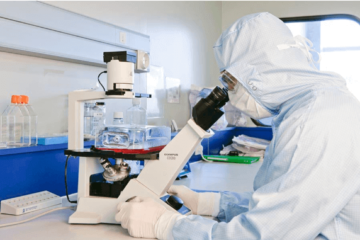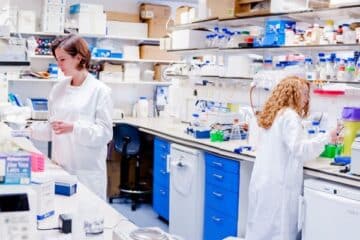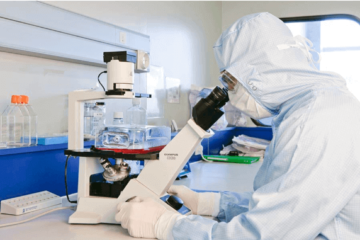Fertility Solutions in 2024 Stem Cell-Based Therapies
Em 2024, stem cell-based therapies are revolutionizing fertility solutions. These treatments harness the regenerative power of stem cells to address infertility, offering hope to couples struggling to conceive.













